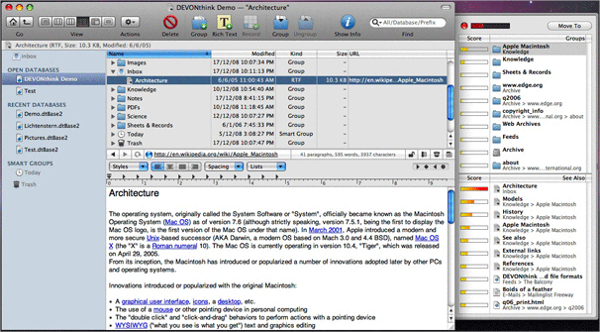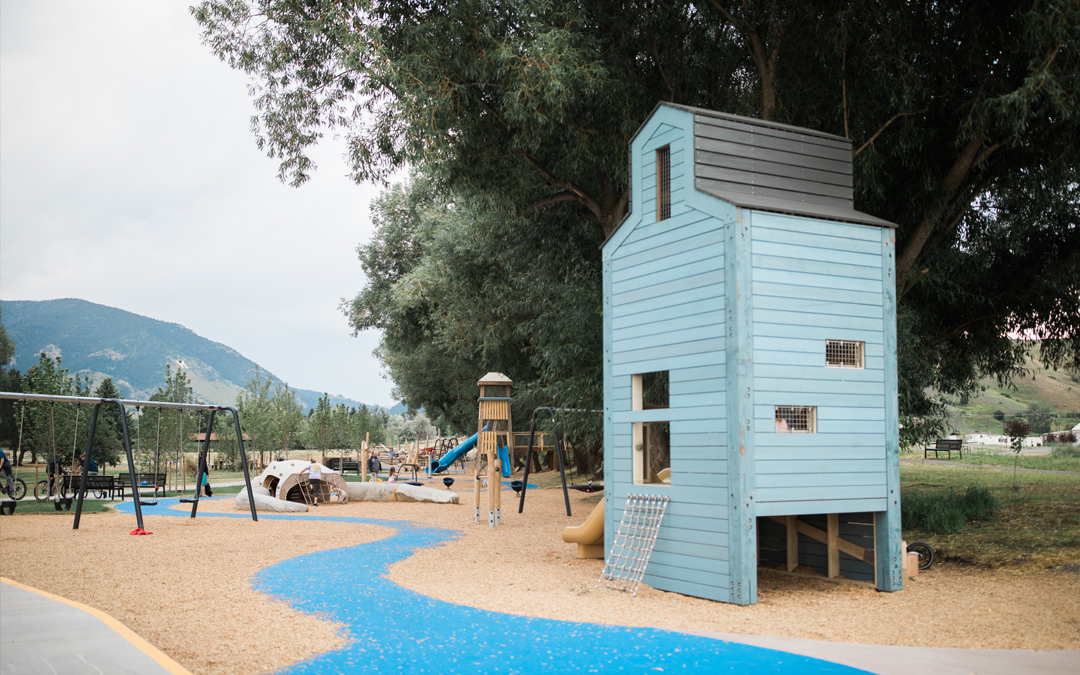
The Timeline is an elegant and clever concept, but for me, its execution fell short of its aims. Still too distracted? You can easily banish this data. In addition to your text and an otherwise blank background, it presents running word, character, and page counts at the bottom of the screen, along with text zoom controls. StoryMill’s full-screen editing mode also outclasses the competition by avoiding other programs’ strict minimalism. With its handy snapshot feature, you can also save and compare multiple versions of the same document, and restore previous drafts if you end up liking them better.
#Storymill demo plus
StoryMill offers plentiful highlighting and annotation tools, plus color-coding to help you distinguish your first draft from your final manuscript. I also enjoyed StoryMill’s built-in tutorial, which wittily parodies the Three Little Pigs to explain the program.

I particularly liked its word frequency calculator, to help authors stay out of a linguistic rut, and its imprecise but still welcome cliché detector, which flags overused phrases.

This year the teenagers must be socially distanced from the community, but they’ve nonetheless been able to help with outdoor Food Bank projects, the Learning Garden at Story Mill Park, farming and gardening, and the cohousing site.Several clever, useful features help StoryMill stand out from its rivals. Volunteer work has also taken on a new form for VISIONS, which always focused on construction and labor projects in under-resourced communities around the world. They implemented COVID protocols, which means that kids sleep in their own individual tents at a farm outside of town, everyone was tested for the virus, the group was divided into pods, and masks were worn for the first two weeks. VISIONS is now running a singular program here in southwestern Montana, where the home office is also based. The teenagers came to Gallatin Valley as part of the organization VISIONS Service Adventures, which normally runs teen programs around the world, but cancelled everything this summer due to the pandemic. They have also had the opportunity to hang out with the goats on site, watch a milking demonstration, and learn about the philosophies of cohousing. Much of the learning includes the hands-on process of volunteer work, and the kids have pitched in to help at the cohousing property removing invasive weeds and carefully taking down old fences. Bozeman Cohousing members have been incredibly grateful for the help of teen volunteers who have come to Montana from around the country to learn about sustainable farming and ranching, permaculture, and Western life. It takes extreme care and time to dismantle the boards so they can be repurposed by removing rusty nails and stripped bolts. The architects plan to repurpose the materials as part of the common house in our new neighborhood. The wood from the old fences weathered by years of exposure, will, too.


As Bozeman Cohousing moves towards development of an intentional community, the tradition of the land will continue to include goats, chickens and shared gardens. A large animal veterinarian and his wife most recently owned this 5.3 acre property where they grazed cattle and horses. Since Bozeman was first homesteaded, the site of Bozeman Cohousing has been a small farm.


 0 kommentar(er)
0 kommentar(er)
